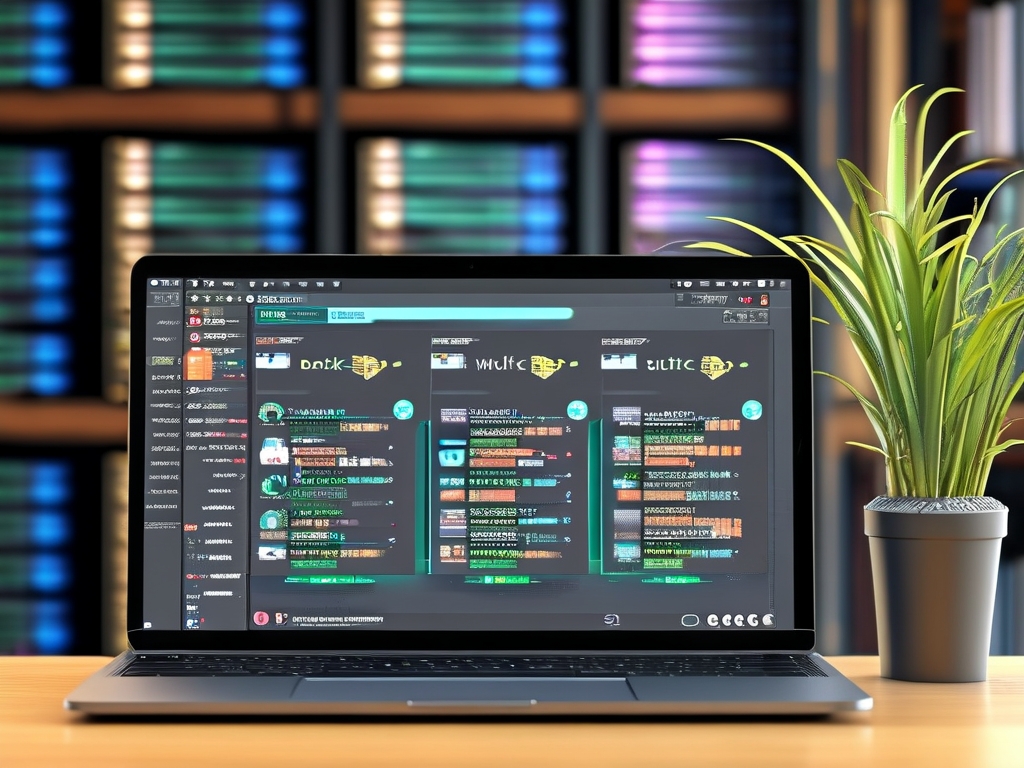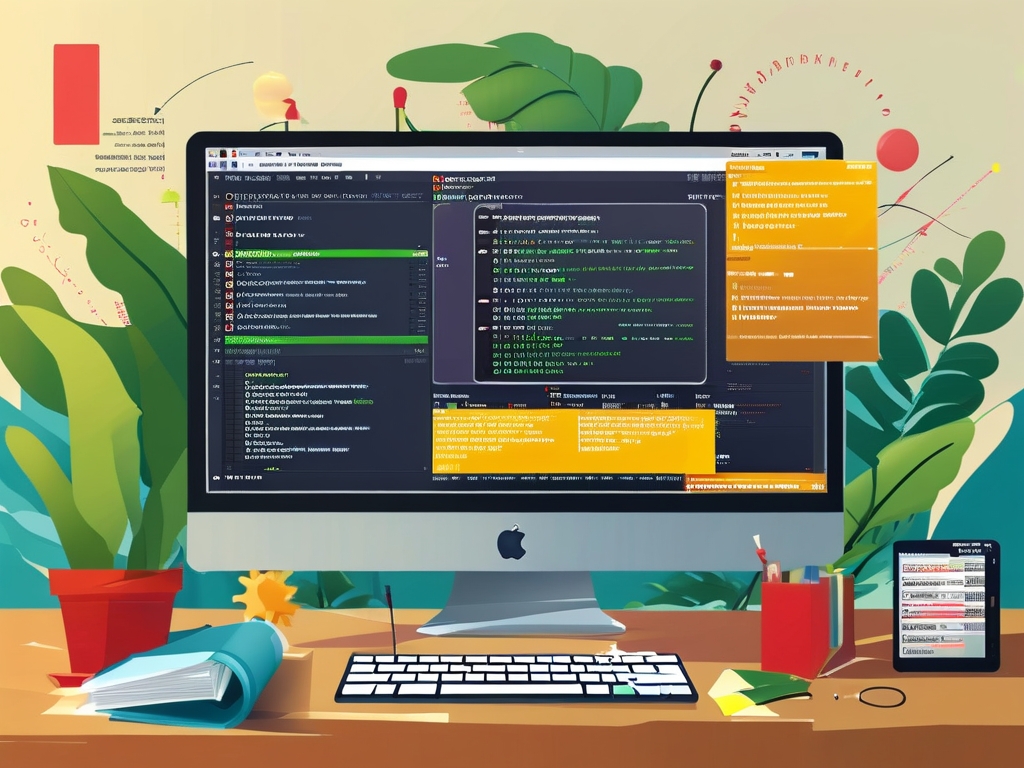In today’s tech-driven world, database development is a cornerstone of creating functional and scalable applications. Whether you’re building a mobile app, a web platform, or enterprise software, integrating a robust database is essential for managing data efficiently. This guide will walk you through the fundamentals of database-driven app development and provide actionable steps to download high-quality tutorials for mastering this skill.

Why Database Development Matters for Apps
Modern apps rely on databases to store, retrieve, and manipulate data dynamically. From user profiles and transaction records to real-time analytics, databases ensure seamless functionality. Popular databases like MySQL, PostgreSQL, MongoDB, and Firebase offer unique features tailored to different use cases. For instance, relational databases (e.g., MySQL) excel in structured data, while NoSQL databases (e.g., MongoDB) handle unstructured data at scale. Choosing the right database is the first step in app development.
Key Steps to Develop a Database-Driven App
- Define Your Data Model: Start by outlining the data your app will handle. Identify entities (e.g., users, products) and their relationships. Tools like ER diagrams help visualize this structure.
- Choose a Database Type: Match your app’s needs to a database. For example, use Firebase for real-time mobile apps or PostgreSQL for complex queries.
- Set Up the Backend: Use frameworks like Node.js, Django, or Ruby on Rails to create APIs that interact with the database.
- Integrate the Database: Connect your app to the database using drivers or ORM (Object-Relational Mapping) libraries like SQLAlchemy or Hibernate.
- Implement CRUD Operations: Enable Create, Read, Update, and Delete functionalities to manage data.
- Ensure Security: Encrypt sensitive data, use parameterized queries to prevent SQL injection, and set up user authentication.
Top Tools for Database App Development
- SQLite: Ideal for lightweight mobile apps.
- MongoDB Atlas: Cloud-based NoSQL database with auto-scaling.
- Firebase Realtime Database: Perfect for syncing data across devices.
- MySQL Workbench: A GUI tool for designing and managing MySQL databases.
Downloading Tutorials for Database-Driven App Development
To master database integration, structured tutorials are invaluable. Here’s how to find and download reliable resources:
-
Online Learning Platforms:
- Udemy: Offers courses like “The Complete SQL Bootcamp” or “MongoDB – The Developer’s Guide.”
- Coursera: Provides university-backed courses on database design and app development.
- Pluralsight: Features hands-on tutorials for advanced database optimization.
-
Open-Source Repositories:
- GitHub: Search for repositories with code samples (e.g., “React + Firebase tutorials”).
- GitLab: Explore projects demonstrating database integration in Python or Java apps.
-
Official Documentation:
- MongoDB University and Firebase Docs offer free, in-depth guides with downloadable examples.
-
YouTube Channels:
- Channels like “Traversy Media” or “Academind” provide free video tutorials. Use tools like yt-dlp to download videos for offline learning.
Building Your First Database App: A Mini Tutorial
Let’s create a simple task-management app using SQLite and Python:
- Install SQLite: Download it from sqlite.org.
- Design the Database Schema:
CREATE TABLE tasks ( id INTEGER PRIMARY KEY, title TEXT NOT NULL, status TEXT DEFAULT 'pending' ); - Connect Python to SQLite:
import sqlite3 conn = sqlite3.connect('tasks.db') cursor = conn.cursor() - Add CRUD Functions:
def add_task(title): cursor.execute("INSERT INTO tasks (title) VALUES (?)", (title,)) conn.commit() - Test the App: Execute queries to add, view, or update tasks.
Common Pitfalls and How to Avoid Them
- Poor Database Design: Normalize tables to avoid redundancy.
- Ignoring Indexes: Use indexes to speed up frequent queries.
- Overlooking Backups: Automate backups using tools like pg_dump for PostgreSQL.
Database development is a critical skill for building modern apps. By leveraging the right tools and tutorials, you can create efficient, secure, and scalable solutions. Download tutorials from trusted platforms, practice with real-world projects, and stay updated with evolving database technologies. Whether you’re a beginner or an experienced developer, continuous learning is key to mastering database-driven app development.









